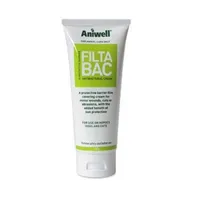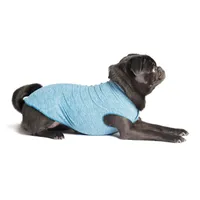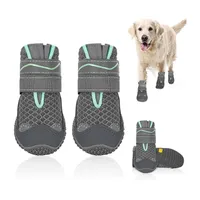Do dogs need sunscreen? A vet has the answer and it might surprise you
A vet talks sun protection and summer safety for your pooch, answering the question of whether dogs need sunscreen?
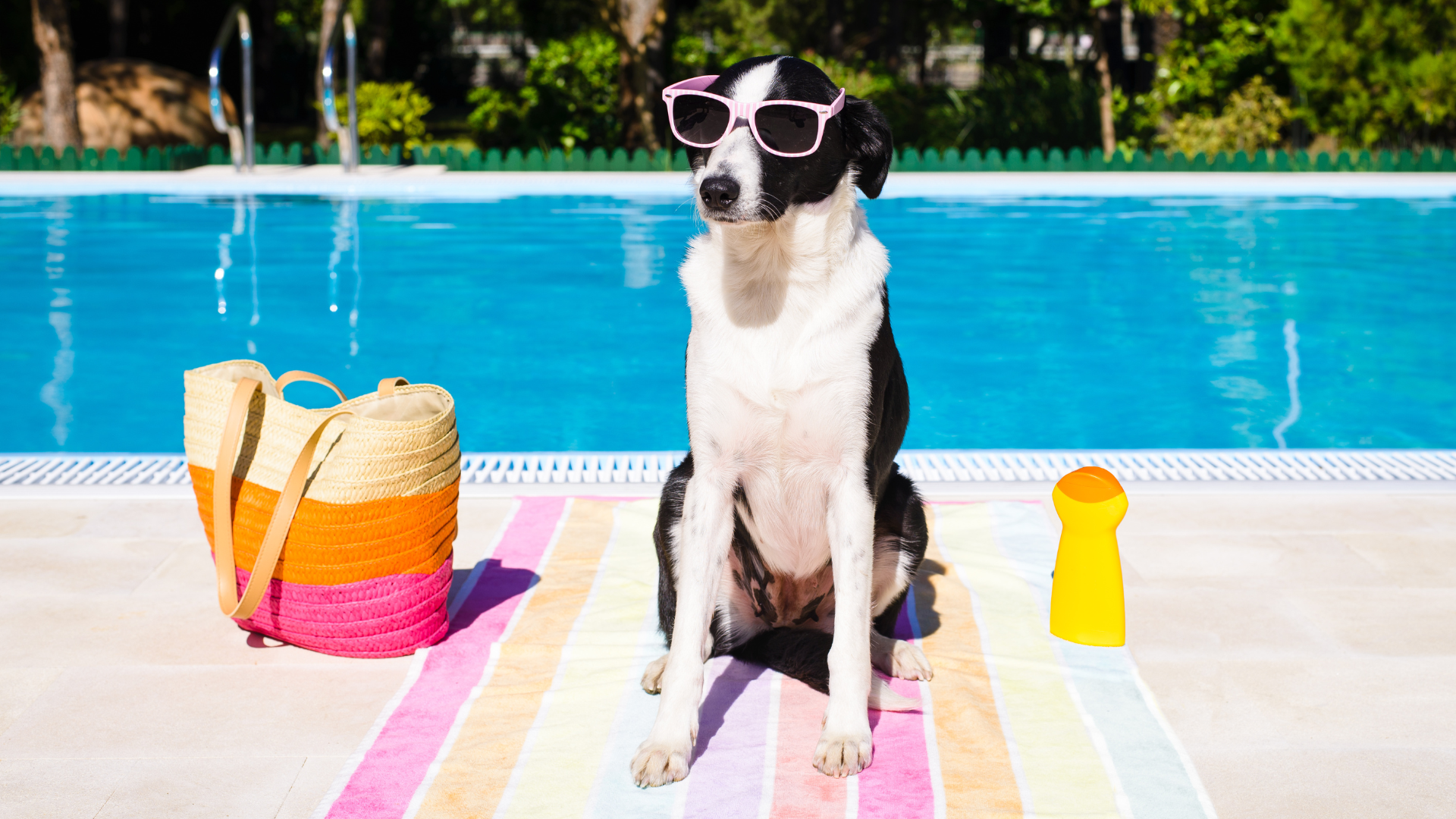
As the heat rolls in, you might be thinking about your pet's summer safety and question, 'Do dogs need sunscreen?'. I’m a vet and it’s a question I’m getting asked more and more often as people become more aware of the harmful effects of the sun. And the answer is generally yes!
To make sure you have all the answers you need, we’ve dedicated this entire feature to whether dogs need sunscreen, and how to choose and apply it.
Don’t forget to stock up on all your dog’s other summer essentials while you’re at it! You’ll need flea protection (try the best flea collar for dogs) as well as the best cooling mats for dogs.
Do dogs need sunscreen?
Dogs need sunscreen, just like people do. While dogs don’t tend to burn as easily as people, the sun’s harmful UV rays can still do damage. And while their fur does provide a small amount of protection (just like our clothes can protect us), thin-furred and hairless areas are still at risk of burning on hot, high-UV days.
Some dogs need sunscreen more than others. Those with less fur are more prone to burning, so very thin-furred or hairless breeds are more likely to get sunburn than, say, a Golden Retriever.
Dogs with light fur often have light skin, and just as in humans, this burns more easily than darker skin. You should also take care if your dog has had their fur clipped for surgery at the vet’s, as people often forget that this exposed skin is at extra risk of burning. Lastly, some immune-mediated skin problems like Discoid Lupus Erythematous (DLO) are made worse by sun exposure – sunscreen will help keep dogs with DLO comfortable.
With this in mind, dog sunscreen should be applied to thin-furred and hairless areas, including the ear flaps, tummies, and nose, as well as any clipped areas. Make sure you use a dog-safe sunscreen and apply it according to the instructions – generally a thin layer at least 15 minutes before heading out into the sun.
Get the best advice, tips and top tech for your beloved Pets
Even with sunscreen on, dogs are not fully protected against the sun. Don’t forget that dog heatstroke and burned dog paws are still a risk, so keep a close eye on your dog and take other precautions to protect them fully.
How to choose sunscreen for dogs
The most important thing is to make sure you get a sunscreen designed for dogs. There is a high chance that dogs are going to lick off their sunscreen. Whether that happens immediately after applying or after a few hours, sunscreen for dogs needs to be safe to ingest.
Dog skin is also different from human skin, so they need a different formulation. Titanium dioxide is generally thought to be safe for dogs and is a good option.
When it comes to choosing between canine sunscreens, there isn’t much in it. As with us, the SPF is the amount of protection the sunscreen gives from the sun – get something with at least SPF15, and higher if you can. For noses, a balm might be easier to apply and longer lasting than a cream.
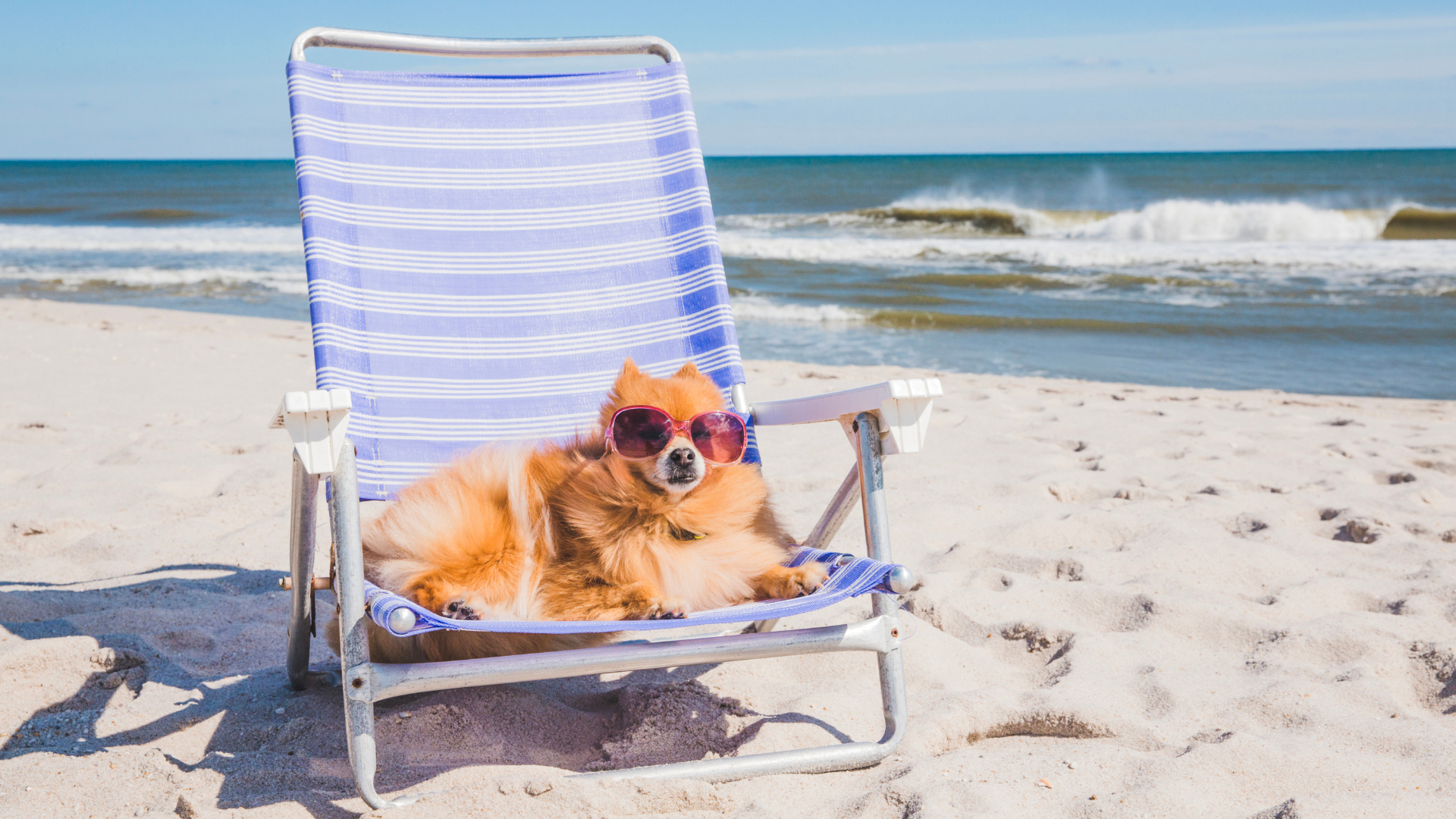
Can dogs use human sunscreen?
It’s not generally safe to use human sunscreen on dogs. Human sunscreen hasn’t been designed to be ingested and can be toxic to dogs. This is most common with products containing zinc oxide, which can cause severe hemolytic anemia when they’re eaten.
That said, if you’re in urgent need of a dog sunscreen and you don’t have a pet one available, a baby sunscreen with SPF of over 15 will be better than nothing. Just make sure it doesn’t contain zinc oxide and take precautions to stop your dog from licking it off.
Other ways to protect your dog from the sun
As we’ve mentioned, applying sunscreen to your dog isn’t the end of sun safety. You’ve got to carry on keeping them safe by taking other precautions against sunburn, heatstroke, and burned paws. Here are some top tips for keeping your dog safe in the sun:
1. If your dog has a large clipped area or is hairless, consider a UV-protective thin dog t-shirt instead of sunscreen. You’ll need to ensure they aren’t getting too hot under it though!
This UV vest will help to protect your pup from harsh UV rays and is available in seven different colors.
2. For dogs with DLE, UV nose guards are available that can significantly reduce UV damage to the nose. One study published in Veterinary Deermatology found that even applying UV fabric to a basket muzzle can be helpful.
3. Keeping to the shade not only keeps your dog cool, it also protects them from UV radiation and sunburn. This might mean putting up extra shade or even shutting your dog in a shaded area near you if they keep trying to join in. Our feature on “should I let my dog sunbathe?” might also be useful to you!
4. Playing in the water is a great way to cool off, but it’s best to do it little and often to reduce the risk of water intoxication. Don’t forget it’ll wash off the sunscreen too, so you’ll need to reapply!
5. Hot pavements and patios can burn paws, so don’t forget to check them for temperature before you let your dog out. Protective booties can help, or you can cool off parts of the garden with a hose.
These booties will protect your dog's feet from hot surfaces, like pavements and sand. There are lots of sizes to choose from and nine different color options.
Just as with people, avoiding the sun in the hottest part of the day reduces heatstroke and sunburn risks. Your dog rarely needs to be outside in the middle of the day and will be happier being walked in the cool early morning.
Some mornings aren’t cool, and on some mornings an early-morning walk isn’t possible. In this case, it’s totally ok to skip a walk and replace it with some mental exercise inside. Missing a walk won’t kill your dog, but walking in the heat might.
The lighter your dog’s skin and the thinner their hair, the more likely they are to need sunscreen. If you aren’t sure if your dog needs sunscreen, there’s no harm in using some anyway! Make sure you get sunscreen specifically developed for pets – human sunscreen can be toxic to dogs – and apply it according to the instructions.
If where you live is hot, you might be interested in reading about the best dogs for hot weather. Or why not read more about how to cool down a dog to make sure you’re ready for anything this summer.
After graduating as a vet from the University of Nottingham in 2016, Dr. Joanna Woodnutt went on to practice companion animal medicine in the Midlands. She quickly developed a love of consulting and helping clients with medical problems such as dermatology, behavior and nutrition - anything that involved helping clients understand their pets better.
Jo started writing about pet health in 2017, realizing that it meant she could help even more pet parents. Since then, she has written for countless online and print publications and is a regular contributor for Edition Dog Magazine. Jo is the director of The Veterinary Content Company, which she founded in 2020. She is also the founder of Petlearnia, a platform that provides pet e-learning courses for pet parents.
Jo now lives in the Channel Islands with her husband Ian and terrier Pixie.
